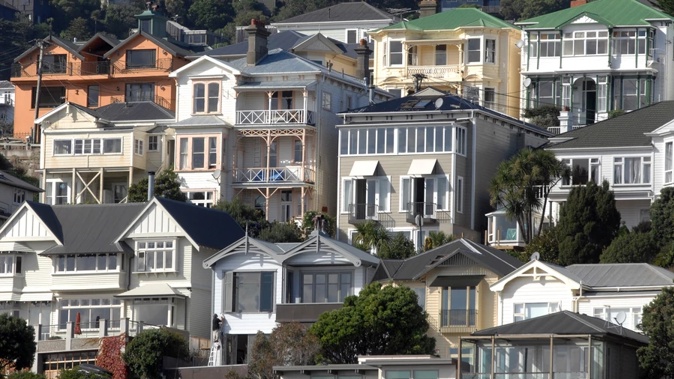
The more sun a house gets, the higher its value, according to a new study which suggests developers might need to compensate neighbours when they block sun.
Motu Economic and Public Policy Research Trust has released what it calls the first research carried out anywhere in the world to specifically evaluate the extra value house buyers put on extra sunshine hours.
Arthur Grimes, a senior fellow at Motu and co-author of the study, said there was a direct correlation between more sunshine and higher values and the study was precise about how much extra value is added.
"Direct sunlight exposure is a valued attribute for residential property buyers, perhaps especially in a cool-climate city such as Wellington. However, natural and man-made features may block sunlight for some houses, leading to a loss in value for those dwellings," the study said.
"No study in the urban economics literature has estimated the value that house buyers place on sunlight when purchasing a property. We do so, finding that each additional hour of direct sunlight exposure for a house per day [on average across the year] adds 2.4 per cent to a dwelling's market value. This estimate is robust to a variety of specifications that investigate whether the value is conditional on other factors relating to the characteristics of the house or its suburb."
The study also has implications for Aucklanders, facing a future of more intensive housing: "Sunlight influences people's real estate decisions, but city intensification may reduce sunlight exposure for neighbouring properties, causing a negative externality."
Developers who block neighbours' sunshine might need to pay compensation.
"Example: developers are considering building a new multi-storey development that will block three hours of direct sunlight exposure per day on average across the year to two houses, each valued at $1 million. The resulting loss in value to the house owners is in the order of $144,000. Instead of regulating building heights or the site envelope for the new development, the developer could be required to reimburse each house owner $72,000," the study found.
Grimes said the study authors knew sun was important when choosing a house.
"At present the impact of a building that is designed in a way that will shade its neighbour is controlled by often inflexible regulations that specify building parameters," he said.
"This research is designed to put a value on sunlight, so that the change can be priced, potentially enabling compensation for affected owners and better valuation of development sites."
The study examined houses sold in Wellington from 2008 to 2014. The capital was picked because the city is small and its local economy and housing market were stable over the study period, Grimes said.
"Perhaps the most important attribute of Wellington for our analysis, however, is its geographical topography and how it has intensified," he said.
"It is not difficult to find houses that, while located in the same neighbourhood, have very different exposure to direct sunlight due to the effects of hills, valleys and nearby buildings."
The research captured REINZ data, looking at the number of bedrooms, floor area, decade when the house was built, access to off-street parking and the date of sale.
The researchers then used topographical models from Wellington City Council to ascertain how much sun a property got throughout each day of the year, assuming a clear sky.
"For places other than Wellington, the value of sunshine hours may be higher or lower depending on factors such as climate, topography, city size and incomes. Nevertheless, our approach can be replicated in studies for other cities to help price the value of sunlight in those settings," Grimes said.
The study was carried out by Grimes, David Fleming, Laurent Lebreton, David Mare and Peter Nunns.
-NZ Herald
Take your Radio, Podcasts and Music with you









